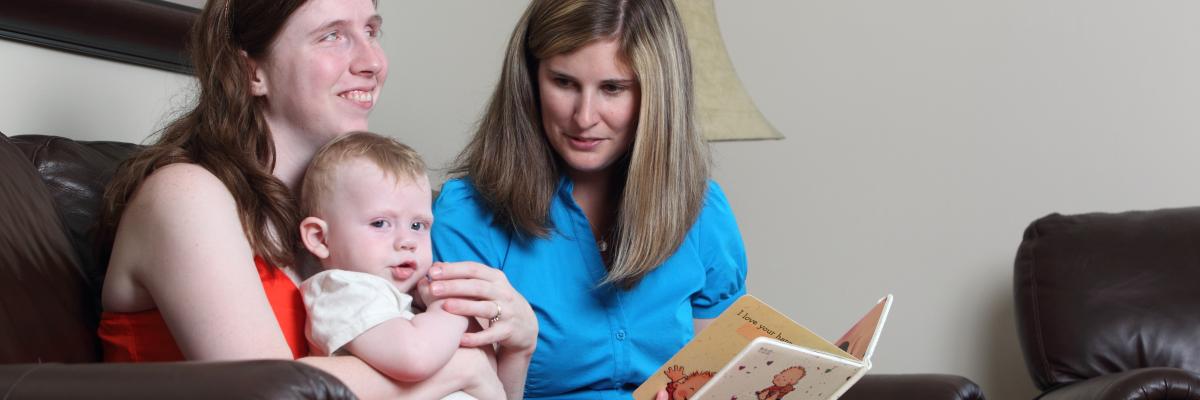Let’s smash some myths and misconceptions about blindness and people who are blind.
Myth: Blindness means you can’t see anything at all.
Fact: Many people who are blind have some remaining vision.
If someone tells you they’re blind, don’t be surprised if you find they still have some useful sight. Different causes of blindness affect people differently. Some eye diseases impact central vision, others affect peripheral vision.
Myth: People who are totally blind see only blackness.
Fact: Blindness doesn’t always look the same.
The world isn’t always pitch black to someone who is totally blind. Some people describe a grey or brown haze. Others are able to perceive bright lights or changes in lighting. It depends on the person.
Myth: When you lose your sight, your other senses get sharper.
Fact: It’s a little more complicated than that…
Blindness doesn’t change how your senses of hearing, taste or touch biologically work. However, most people who are blind learn to use their senses differently to interpret the world around them, like telling which way cars are travelling by listening, or reading braille with their fingertips. And for some people who’ve been blind from an early age, the brain actually rewires itself to process sensory input differently – which can lead to things like more sensitive hearing. But it’s not always the case.
Myth: People who are blind can’t live independently.
Fact: People who are blind can do almost anything. They just do it differently.
Not only can people who are blind live independently, they can do pretty much anything sighted people do: raise a family, have a meaningful career, play sports, travel and more. Vision-loss rehabilitation and other training teaches skills and strategies so they can live the life they want to.
Myth: All people who are blind use a white cane or guide dog.
Fact: Not every person who’s blind needs the same tools or accommodations.
Some people who are blind don’t use a white cane or guide dog, because they do not need them or have developed other strategies for getting around. Never assume that just because someone doesn’t use a cane or guide dog that they are not blind.
Myth: Blindness means your job options are limited.
Fact: People who are blind have successful careers in many fields.
People who are blind can succeed in almost any career with the right technology and accommodations, including professional fields, tech jobs and more. The only barrier is often an employer’s willingness to give blind candidate a fair chance.
Myth: People who are blind can’t use most technology.
Fact: Technology is a way of life for people who are blind.
People who are blind use computers, mobile phones, apps and other tech to enhance their independence and make the world more accessible. Many people who are blind say technology has revolutionized their lives.
